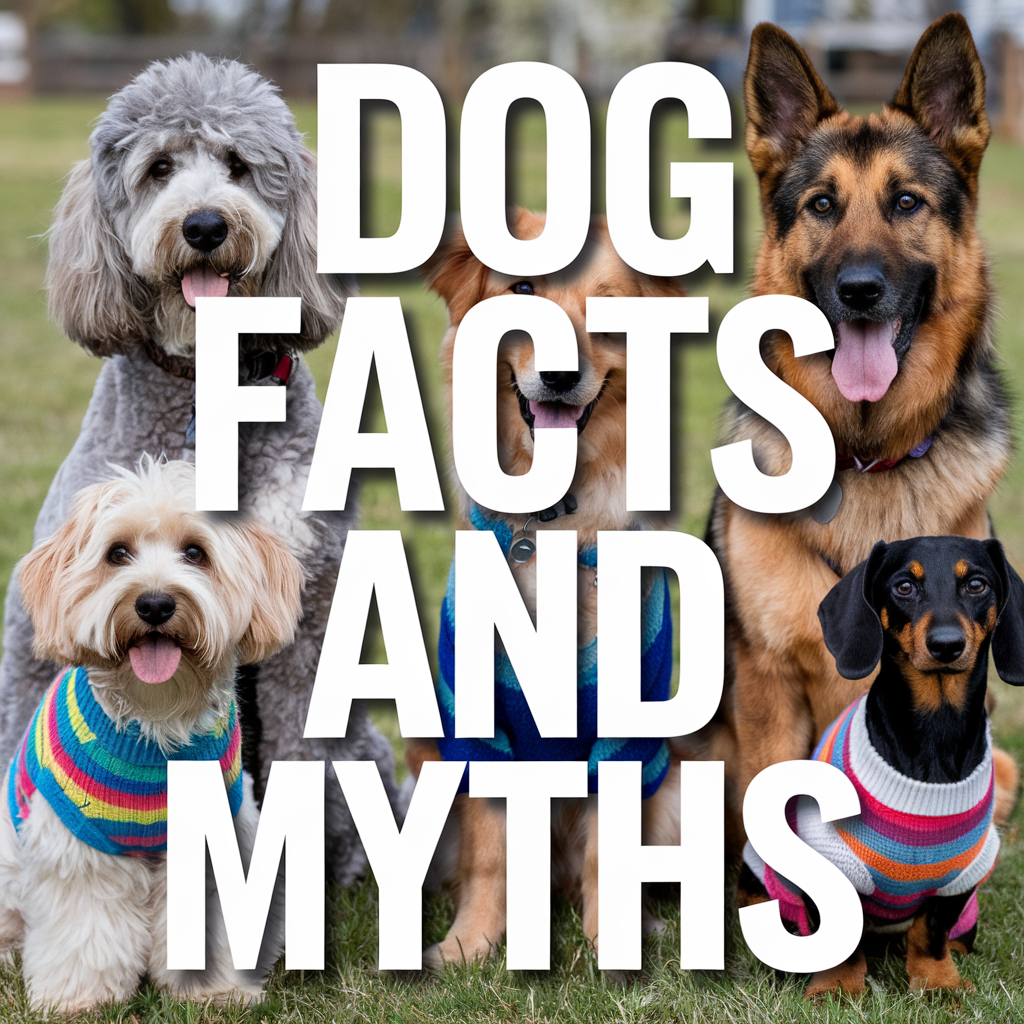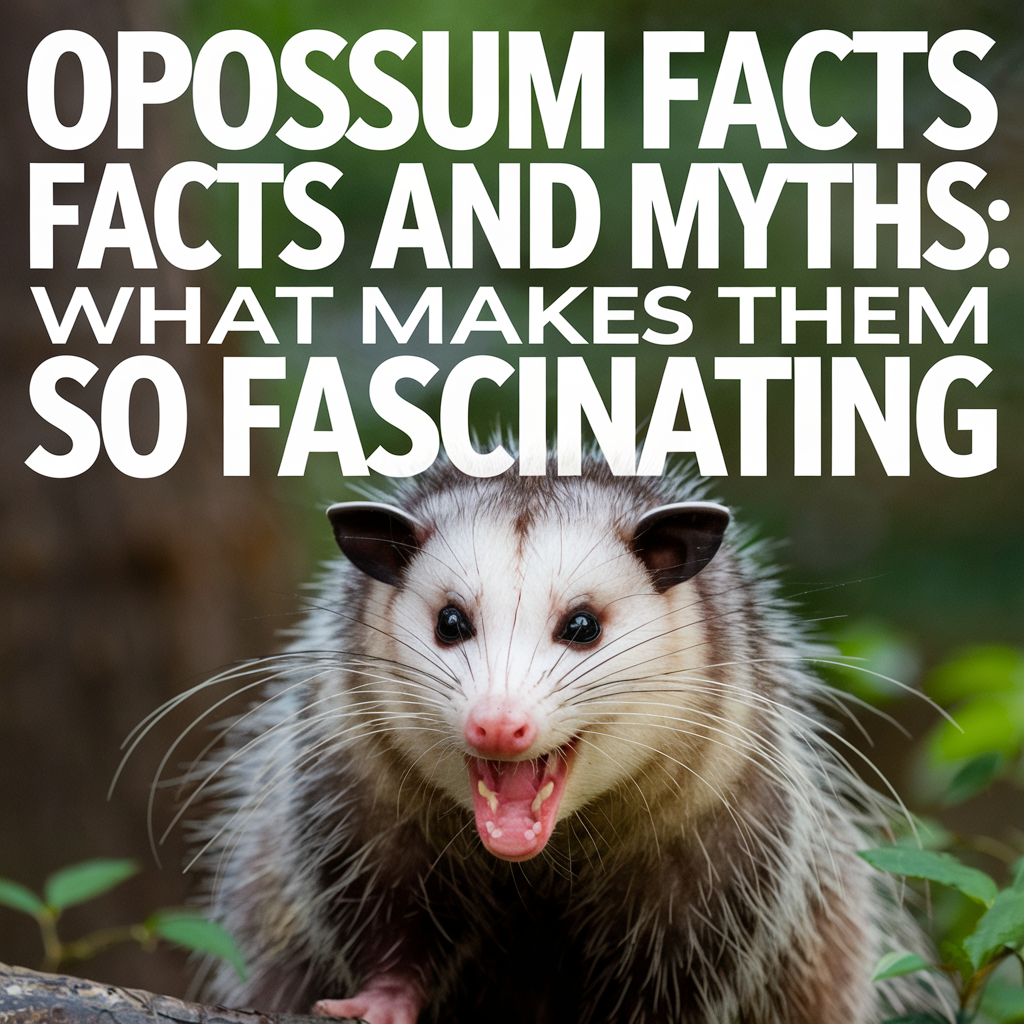
Why Dogs Fascinate Us So Much
There’s something about dogs that gets to us. I don’t care how tough or serious someone is—show them a puppy chasing its tail or a senior dog doing that slow head-tilt, and their heart melts a little. It’s no surprise that dogs are the most popular pet in the world and that millions of us go down the rabbit hole of interesting facts about dogs without ever getting bored.
The truth is, dogs are more than pets. They’re emotional companions, hilarious goofballs, loyal protectors, and sometimes even our co-workers. What makes it even better? There’s always something new to learn about them—whether it’s how they see the world, why they act the way they do, or what they’ve been doing for the past 15,000 years at our side.
This post is packed with some of the most fascinating, weird, and surprisingly useful dog information I’ve come across—and it might just make you love your pup even more.
If you’re a dog lover like me, make sure to also check out more from our dog collection when you’re done here.
Are Dogs Really Smarter Than Other Pets?
Let’s be honest—this debate comes up in just about every household with both a dog and a cat. And while I have a soft spot for all animals, there’s plenty of science (and personal experience) that suggests dogs are pretty darn smart.
Studies have shown that dogs can understand hundreds of words, pick up on human emotions, follow gestures, and even manipulate situations to get what they want. That’s not just instinct—that’s strategy.
Of course, not every dog is solving puzzles or opening doors, but many breeds are wired for learning and cooperation. Herding breeds like Border Collies and Heelers thrive on tasks and problem-solving. And working dogs? Don’t even get me started. They sniff out bombs, guide the blind, and comfort trauma survivors.
When you’re digging into dog information, intelligence is one of the things that stands out the most—not just because they’re smart, but because they’re smart in a way that works with us.

How Dogs See the World Differently Than We Do
One of the most interesting facts about dogs is how different their senses are from ours. They may not see the full spectrum of colors like we do, but they make up for it with motion detection and a sense of smell that puts ours to shame.
Let’s break it down:
- Sight: Dogs are not completely colorblind—they can see blues and yellows, just not reds and greens. Their eyes are better suited for detecting movement and seeing in low light, which makes sense given their ancestry.
- Smell: Here’s where they dominate. A dog’s sense of smell is anywhere from 10,000 to 100,000 times strongerthan a human’s. That’s why they can detect illnesses, emotions, and even time of day based on scent.
- Hearing: Dogs can hear higher frequencies than humans, and they can hear sounds at greater distances. Ever noticed your dog reacting to something long before you hear it? Now you know why.
When we talk about cool dog facts, this one always gets people thinking: your dog lives in a completely different sensory world than you do—and yet somehow, you still understand each other.
What Science Says About Dogs and Emotions
There’s no denying it—dogs feel things. They get excited, jealous, scared, anxious, and joyful. And while it might be easy to project human emotions onto them, research shows we’re not just imagining things.
Dogs can recognize human facial expressions, respond to emotional tones, and even mirror our moods. If you’ve ever been sick or sad and had your dog suddenly act differently—clingier, gentler, or more alert—that’s not a coincidence.
Studies using brain imaging show that dogs process voices and emotional cues in similar areas of the brain as humans. That’s part of what makes them such incredible therapy animals. They don’t just sense feelings—they respond to them in a meaningful way.
It’s not just about loyalty or obedience. Dogs form emotional bonds with us, which is why we call them family—not just pets.

Ancient Dog Breeds That Still Exist Today
When we picture dogs in the past, it’s easy to think they all evolved from wolves and then magically turned into Chihuahuas and Great Danes overnight. But some ancient dog breeds have barely changed in thousands of years—and they’re still around today.
Take the Basenji, for example. This breed comes from central Africa and is known as the “barkless dog” because, well, it doesn’t bark. Then there’s the Saluki, a sleek and fast dog bred by ancient Egyptians, and the Akita, a powerful protector with Japanese roots.
One of the cool dog facts people love? The New Guinea Singing Dog—yep, that’s real—is believed to be one of the most primitive breeds on Earth. These dogs have a unique vocalization that sounds like a song.
Learning about these old-school breeds connects us to a time when dogs weren’t just pets—they were survival partners, hunters, and status symbols. And they still carry that heritage today.
Why Do Dogs Eat Grass? (And Other Weird Behaviors)
Dogs are strange sometimes, right? They spin in circles before lying down, chase their tails, and sometimes snack on grass like they’re a miniature cow. But what’s behind these quirky habits?
Eating grass? That’s actually normal—dogs aren’t turning vegan. Most experts agree that grass-eating helps dogs induce vomiting when their stomachs are upset or sometimes they just like the texture. It’s not usually a sign of anything serious.
Tail chasing? For puppies, it’s play. For older dogs, it might be boredom, anxiety, or even a sign of a medical issue like anal gland problems or neurological disorders.
Circling before lying down? That one’s wired into their DNA. It’s a leftover behavior from their wild ancestors who circled to flatten the grass and check for snakes before taking a nap.
These fun facts about dogs don’t just make you smile—they help you understand your pup a little better.
Dogs and Human Health: More Connected Than You Think
This part always blows people’s minds. Dogs don’t just make us smile—they actually make us physically healthier. Spending time with dogs has been shown to reduce stress, lower blood pressure, and even increase lifespan.
But it gets deeper than that.
Some dogs are trained to detect seizures, low blood sugar, cancer, and even COVID-19 through scent. Their noses are like biological sensors, capable of picking up chemical changes we’d never detect.
Even untrained family dogs often alert owners to strange medical changes. There are stories of dogs pawing at moles later diagnosed as melanoma, or behaving strangely before their owner has a heart attack.
If that’s not a reason to give your pup an extra treat tonight, I don’t know what is.

Debunking Common Dog Myths
Let’s set the record straight on a few classic dog myths:
Myth #1: Dogs see in black and white.
False. As we covered earlier, dogs can see blue and yellow, just not the full spectrum we do.
Myth #2: A wagging tail means a happy dog.
Not always. A wag can signal excitement, but that excitement can be nervous or even aggressive. The direction, speed, and height of the wag all matter.
Myth #3: One dog year equals seven human years.
That’s an outdated generalization. Dog aging depends on breed and size. A large-breed dog ages faster than a small one, especially after the first couple of years.
Myth #4: Letting your dog out in the backyard counts as exercise.
Nope. Dogs need structured walks, mental stimulation, and engagement—just like we do.
Myth #5: Male dogs are more protective. Actually female dogs are considered to be more protective over male dogs.
These are the kinds of dog information that help you be a better dog owner (and impress people at the park).
Why Do Dogs Tilt Their Heads?
You’ve seen it. That adorable head tilt when you say, “Wanna go for a walk?” or speak in a funny voice. But what’s really going on in that fuzzy brain?
Turns out, the head tilt is a real thing dogs do to better hear and understand us. Some experts think they’re adjusting their ears to localize sound. Others believe it’s a way to see past their snout and better read our facial expressions.
Some dogs do it more than others—and smart breeds are especially known for it. Whatever the reason, it’s one of those dog behaviors we all secretly hope never stops.
Can Dogs Really Smell Fear?
Yep. Dogs have a sense of smell that’s up to 100,000 times more powerful than ours. That means they can detect the tiniest chemical changes—including the ones that come from stress or fear.
When you’re anxious or scared, your body releases subtle cues through sweat and hormones. Dogs pick up on this—and some even react to it. That’s part of why service dogs are trained to help people with anxiety, PTSD, or panic disorders. Their super-sniffers can catch a shift in mood before we do.
So yes, dogs can smell fear, but it’s not just a myth—it’s science.
Dogs and Dreams: Do They Really Dream Like Us?
Ever seen your dog twitching, growling, or paddling their legs in their sleep? They’re probably dreaming.
According to researchers, dogs go through REM sleep just like humans—and this is the stage where dreaming happens. Puppies and senior dogs tend to dream more often, and small breeds might have more frequent but shorter dreams than big breeds.
What do they dream about? Chasing balls, barking at squirrels, running around the yard—basically, dog stuff.
Knowing your dog dreams just adds another layer to how connected they are to us. They feel, imagine, and even dream like we do.
The Truth About Dog Memory
Think your dog forgot you stepped on his tail last week? Maybe not.
Dogs have a great associative memory. They remember routines, places, people, and rewards—but they process time differently than we do. They might not remember an exact moment, but they’ll remember how they felt in a situation.
For example, if the mailman gives your dog a treat, your dog will be waiting at that mailbox every day. If you use a certain leash before a walk, that leash will make them excited no matter how long it’s been.
They might not have episodic memory like humans, but their emotional memory is sharp—especially when it comes to people they love (or fear).
Do Dogs Recognize Themselves in a Mirror?
Short answer? Not really.
Unlike dolphins, elephants, and some primates, dogs don’t pass the classic mirror self-recognition test. When they see themselves in a mirror, most dogs either bark at the “other dog” or ignore it completely. That’s because they rely more on scent and sound than sight to understand their world.
So instead of thinking, “Hey, that’s me,” they probably think, “Who’s that silent, boring dog staring back at me?” Still, dogs do recognize their humans by sight—and that matters a lot more to them anyway.
Why Do Dogs Eat Grass?
One of the oldest questions dog owners ask: “Why is my dog munching on the lawn like a goat?”
Surprisingly, it’s pretty common—and usually not a big deal. Dogs eat grass for a few reasons:
- To help them vomit if their stomach’s upset.
- Because they’re bored or anxious.
- They simply like the taste and texture.
Unless they’re eating excessive amounts or it’s treated with chemicals, the behavior isn’t usually a concern. But if your pup turns into a lawnmower daily, it might be worth checking with your vet.
Dogs Can Hear Sounds You Can’t
Dogs have insanely good hearing—four times better than us humans. They can pick up sounds as high as 65,000 Hz (we top out around 20,000 Hz). That’s why they react to dog whistles, distant thunder, or even subtle sounds we don’t notice at all.
They also have 18 muscles in each ear, allowing them to rotate and fine-tune their listening, kind of like satellite dishes. That’s part of what makes them incredible hunting and guard companions.
So next time your dog barks at seemingly “nothing”… they’re probably hearing something you can’t.
The Nose Knows: Why Dogs Have Wet Noses
Ever wondered why your dog’s nose is cold and wet most of the time?
That wet nose isn’t just cute—it’s functional. A moist nose helps dogs absorb scent particles, making their sense of smell even sharper. It also plays a role in regulating body temperature, since dogs don’t sweat like we do.
So when your pup gives you that cold-nose boop? It’s a sign of a healthy, curious, scent-powered machine doing its thing.
Do Dogs Really Understand Human Emotions?
Yes—more than most people think.
Dogs are incredibly tuned into our facial expressions, body language, and even tone of voice. Studies show they can distinguish between happy and angry faces, and many dogs will respond to your mood by comforting you when you’re sad or becoming excited when you’re happy.
They’ve evolved alongside us for thousands of years, and reading human emotion is part of what makes them such loyal companions.
Why Do Dogs Circle Before Lying Down?
That spinning routine isn’t just weird behavior—it’s ancient instinct.
Before the days of plush dog beds, wild canines would circle to flatten grass, check for snakes or pests, and position themselves just right to feel safe and comfortable. That behavior is still hardwired into modern dogs, even if their “nest” is your clean couch.
So next time your pup spins three times before settling in, just know it’s a little survival routine passed down from their wild ancestors.
Dogs Can Be Right or Left Pawed
Just like people are right- or left-handed, dogs can show a paw preference too.
You can test this by giving your dog a toy with a treat inside and watching which paw they use more often. Some studies suggest that male dogs tend to be left-pawed and females more right-pawed, though this isn’t a hard rule.
It’s a fun little quirk—and another reminder that dogs are more like us than we might think.
Why Do Dogs Lick People?
Licking is a form of communication for dogs.
When your pup licks your face or hands, they might be saying:
- “I love you.”
- “You taste good.”
- “I’m anxious and trying to self-soothe.”
- “I want attention.”
It’s also a leftover puppy behavior—mothers lick their pups to clean and bond with them, so many dogs grow up associating licking with affection and comfort.
Why Do Dogs Lick People?
Licking is a dog’s way of communicating and bonding.
Puppies lick their moms for comfort and attention, and adult dogs carry that over to humans. It can mean affection, a desire for attention, or even just that you taste a little salty. In some cases, it’s their way of exploring — dogs use their tongue like a tool for learning.
If your dog licks a lot, it’s likely their love language. But if it’s excessive or obsessive, it might be a sign of anxiety or boredom.
Can Dogs Get Jealous?
Yes — dogs can absolutely get jealous, and science backs it up.
Studies have shown that when dogs see their owner giving attention to another dog or even a stuffed animal, they can act jealous or possessive. This might look like barking, pushing between you and the other animal, or whining.
It’s not just cute — it shows how deeply dogs bond with their humans and how much loyalty and affection they feel.
Do Dogs Know When We’re Sick or Sad?
Dogs are incredibly tuned into our emotions and health.
They can detect changes in your body scent, posture, tone of voice, and energy. Some dogs have even been trained to alert to low blood sugar, seizures, or cancer. Even untrained dogs will often cuddle up or act more protective when you’re feeling down or unwell.
Their ability to sense your mood is part of what makes the human-dog bond so powerful — they really do feel for us.
What’s the Oldest Dog Breed in the World?
The Basenji is considered one of the oldest dog breeds, with origins dating back thousands of years in central Africa.
Other ancient breeds include the Saluki, Akita, and Afghan Hound, all with long, noble histories. These dogs were used for hunting, guarding, and companionship by royalty and ancient civilizations.
Their traits today still reflect those ancient roots — making them living pieces of history curled up at our feet.



